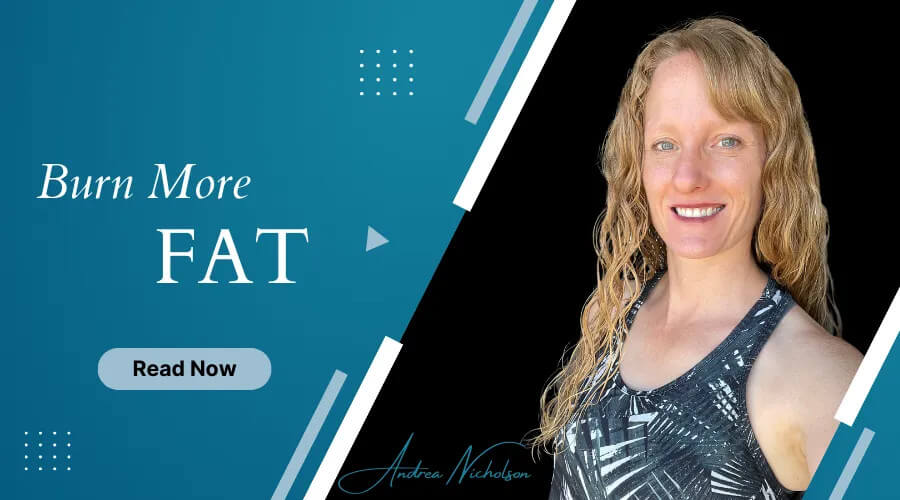
Are you struggling to lose weight? Have a ravenous appetite? Been eating way too many carbs or treats lately? A 2-3 day fat fast might just be the strategy you need to get back on track.
Generally speaking, I don’t recommend quick fixes, juice cleanses, or any other extreme temporary plan. However, I do think there are some great tools that can be implemented over the short term to help you accomplish your goals.
FAT FASTING IS ONE OF THOSE THAT WHEN DONE PROPERLY CAN BE POWERFUL TO KICK START YOUR FAT BURNING.
WHAT IS FAT FASTING?
This is a 2-3 day plan where you are consuming significantly higher fat than normal while consuming very little overall carbohydrate (possibly even zero carbohydrates) and limited protein. You’re essentially eating only fat for a few days. Why? Because this helps shift the body from burning glucose to burning fat. In a few short days, you’re training your body how to efficiently use fat for fuel – because that’s all you’re providing it!
One major key here is that this plan is only recommended for 2-3 days to get your metabolism shifted. If you stay on a plan like this for too long, your body can sense starvation and start to break down lean tissue (muscle, organs, and bones) for the necessary protein. You must start consuming protein to prevent losing lean tissue.
WHEN SHOULD YOU FAT FAST?
This is a great strategy to implement under a few circumstances:
- When planning an extended fast (consuming no food for more than 24 hours) but you’re struggling with hunger or low energy already
- After vacations or holidays when far too many sweets and carbohydrates have been consumed
- When despite healthy eating and exercise, you’re struggling to lose weight or burn fat.
- If you’re battling with sugar or carb cravings
WHAT DO YOU EAT DURING A FAT FAST?
What you choose to eat during a fat fast really does matter in how successful you will be. Choose only a couple of food from this list (3 or 4 foods; 1-2 different meals) for ALL food consumed. As strange as it sounds, one of the successful drivers here is that it becomes boring! You don’t want to love eating this way! You want to be bored with it so food loses its appeal. This helps decrease your appetite and your cravings.
Foods and fats to choose from:
- Fatty fish (like salmon, tuna, sardines)
- Whole eggs
- Poultry with skin
- Bacon or other fatty meats
- Olive oil, coconut oil, MCT oil, avocado oil, macadamia nut oil
- Coconut cream, coconut manna, coconut milk (full fat canned)
- Butter, ghee, tallow, duck fat,
- Olive or avocado oil-based mayonnaise
- Avocado
- Olives
- Spices
- Bone broth (watch for additives)
- Tea/Coffee
Dairy and nuts are two additional considerations. Many people are sensitive to dairy and it would not be recommended to consume higher amounts for several days. If this is you, definitely avoid dairy! If you don’t believe you have any sensitivity to dairy, stick to quality cheeses, cream cheese, heavy whipping cream, sour cream, or cottage cheese rather than yogurts and milk. Nuts can be another highly inflammatory food that many people are sensitive to. I’d recommend sticking to macadamia nuts for these few days if you want to consume nuts as a fat source.
HOW MUCH SHOULD YOU EAT?
When you’re consuming these foods, often they’ll be somewhat self-limiting because they’re so filling. Generally speaking, people consume 1000-1500 calories per day on this type of fast, but it’s not really all that important to track over these few days. Just eat to satiety.
You can eat as often as you’d like during these 2-3 days as well. Fats have the least impact on blood sugar and insulin, so this is a time when you don’t need to avoid snacking or eating often.
WHERE DO PEOPLE FAIL WHEN FAT FASTING?
- Having too many different foods. You want this to be boring! As you lose interest in food, you’ll eat less often. This will tremendously help you when you finish this fast and add other foods back in.
- Consuming nuts and/or dairy. They can be difficult to digest, can cause inflammation. Some people even find that they increase cravings and appetite.
- Eating too much protein. If you choose meats that are not fatty meats, you may be consuming too much protein. This can prevent the fat fast from working fully by providing the body with protein that can be converted to glucose in the body.
WHAT TO DO AFTER A FAT FAST?
What, when, and how you eat following a fat fast can make a huge difference. First of all, you don’t want to just jump right back into eating a full meal loaded with flavor and variety. This will likely overwhelm your system. Start slow with some bone broth to ease your body in. Slowly add in easy-to-digest foods like cooked vegetables and lean proteins. Keep your overall carbohydrate consumption low as well – or you’ll undo all the great metabolic changes you’ve just initiated! Stick to non-starchy vegetables while avoiding or strictly limiting grains, fruits, and starchy vegetables. Why start up those carb cravings again?
If you want to continue burning fat – but make it your own body fat, transition for a few days to consuming lean proteins and cut back on the fat consumption. Why? Your body is already on the track of burning fat. If you now take that fat away, while still keeping carbohydrates lower, your body will search for fat to burn – pulling it from your stores!
So there you have it – fat fasting! This can be a great metabolic boost that you add to your routine periodically.
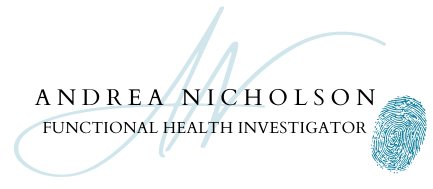


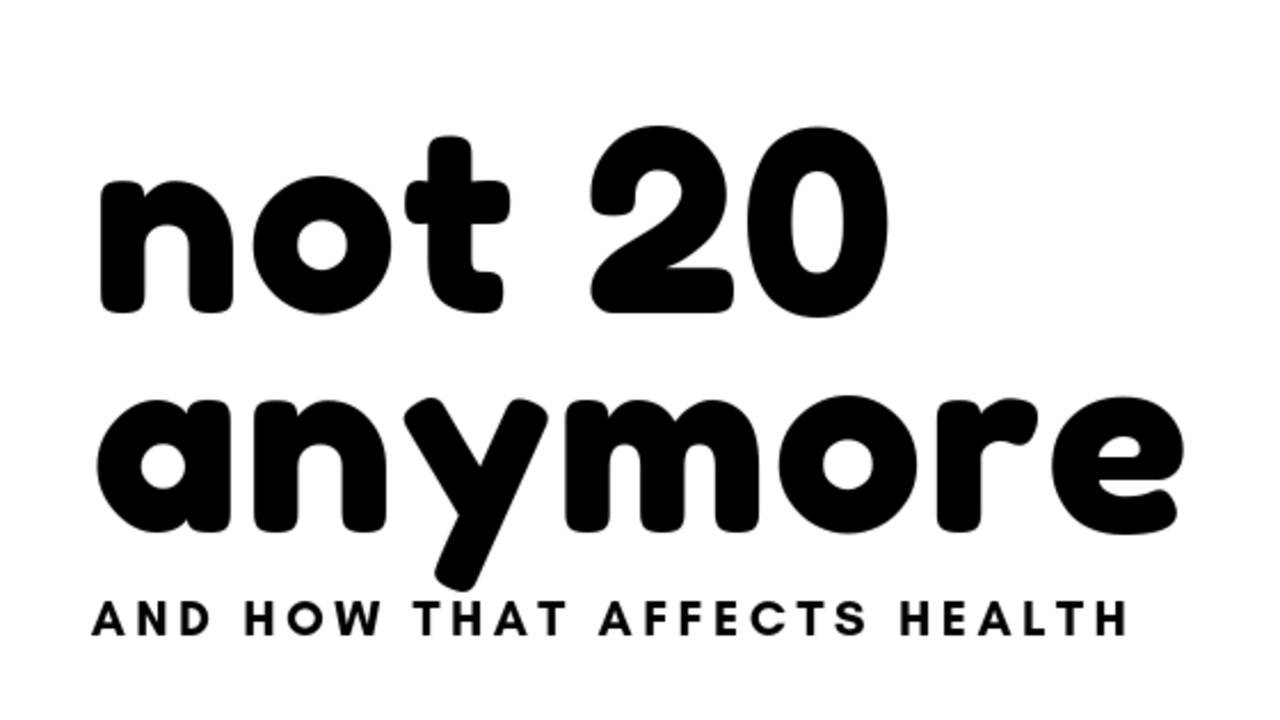
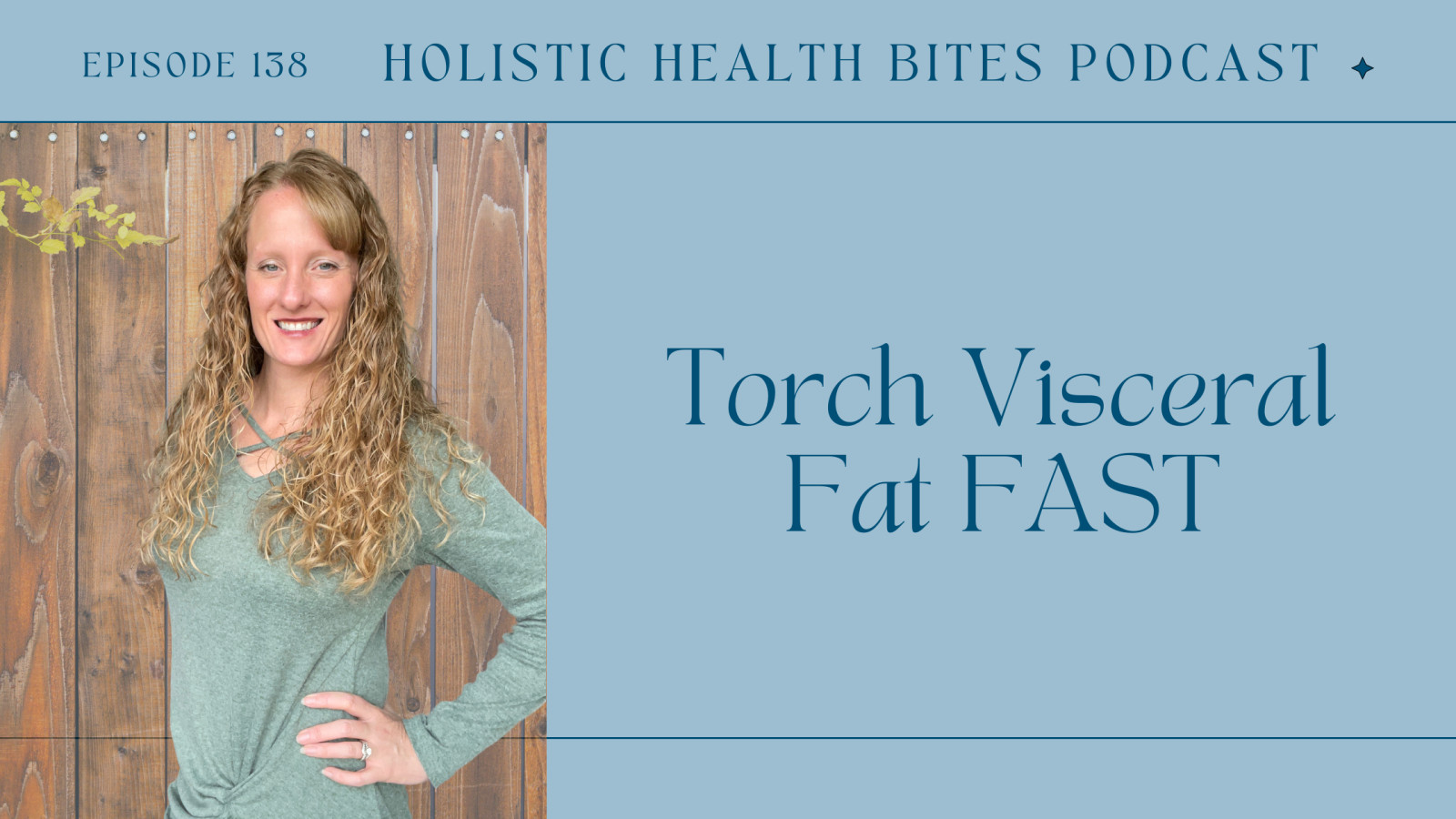
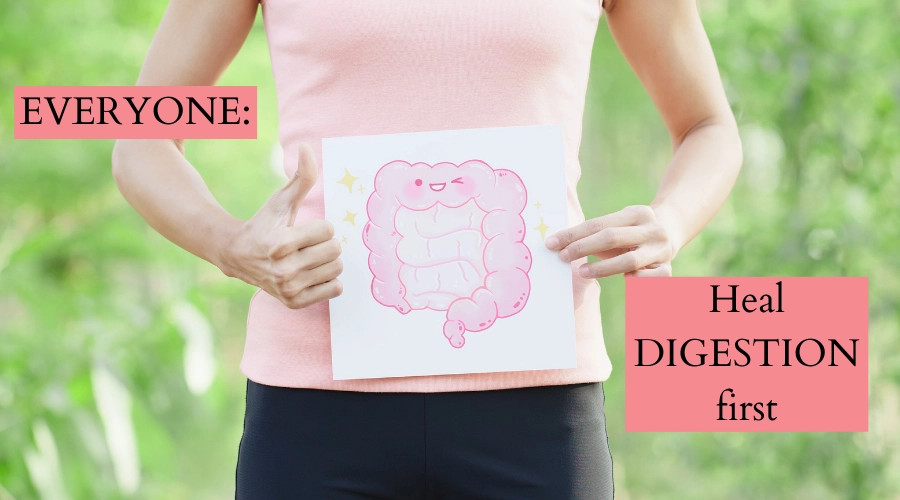
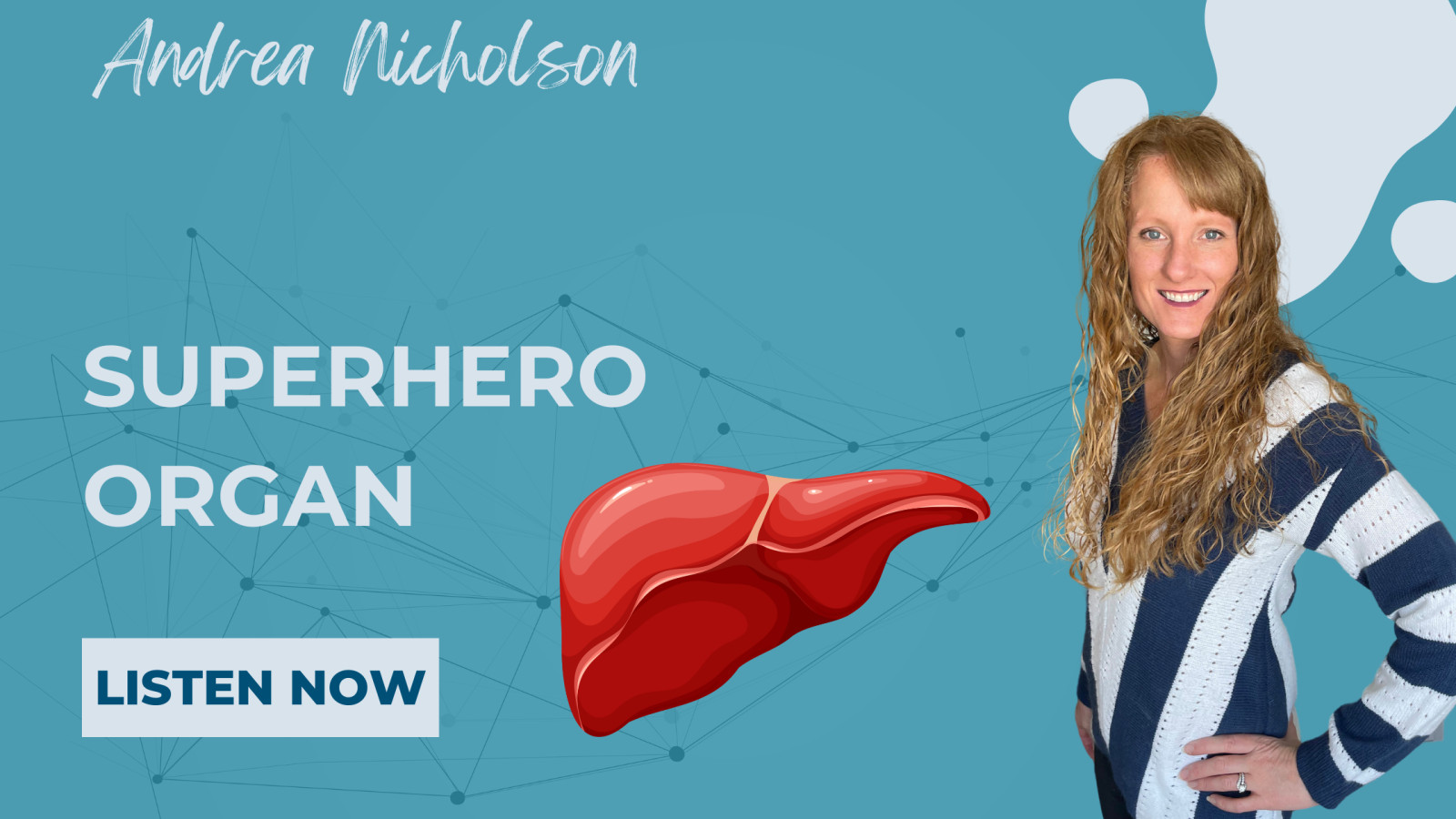
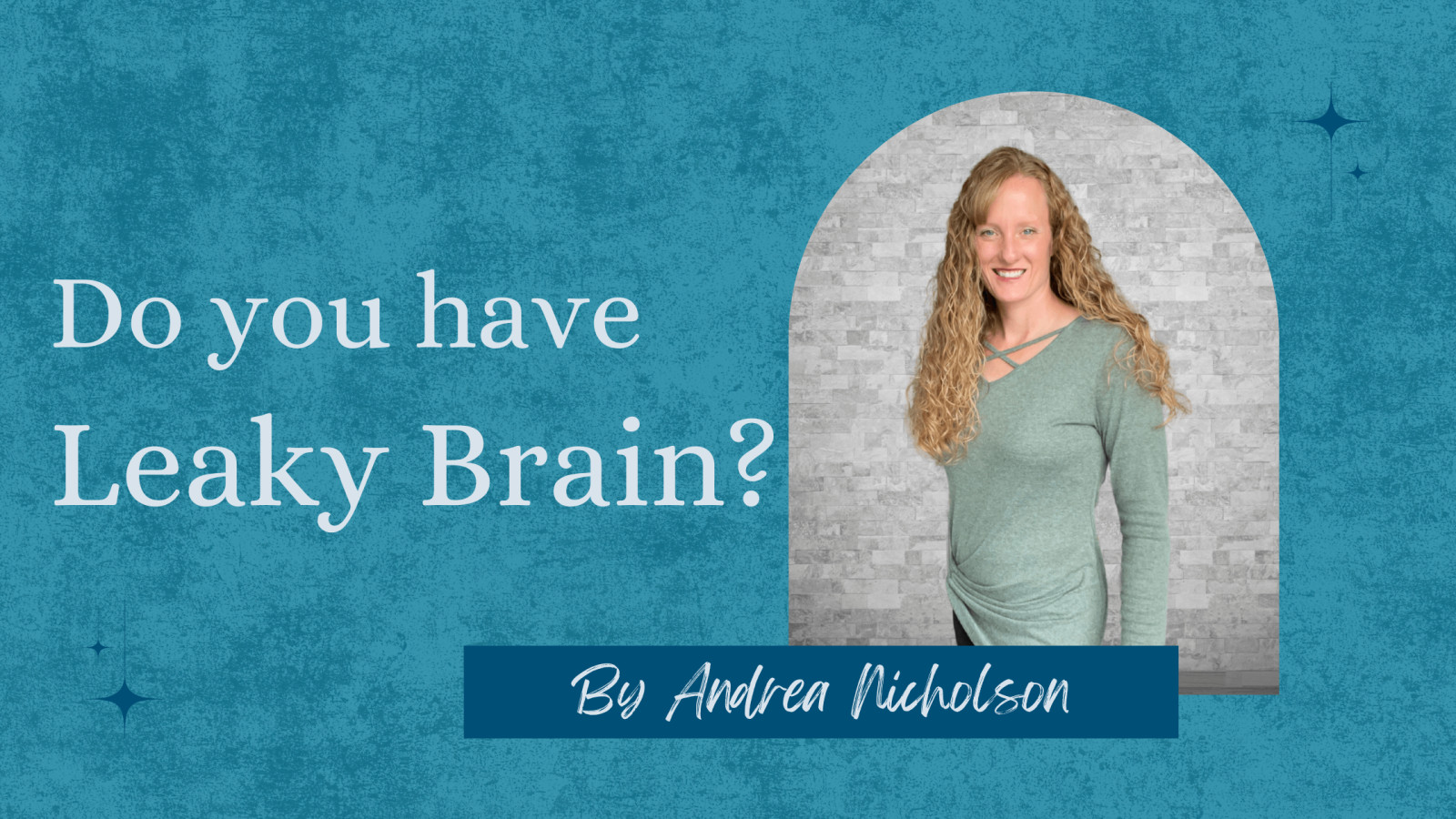
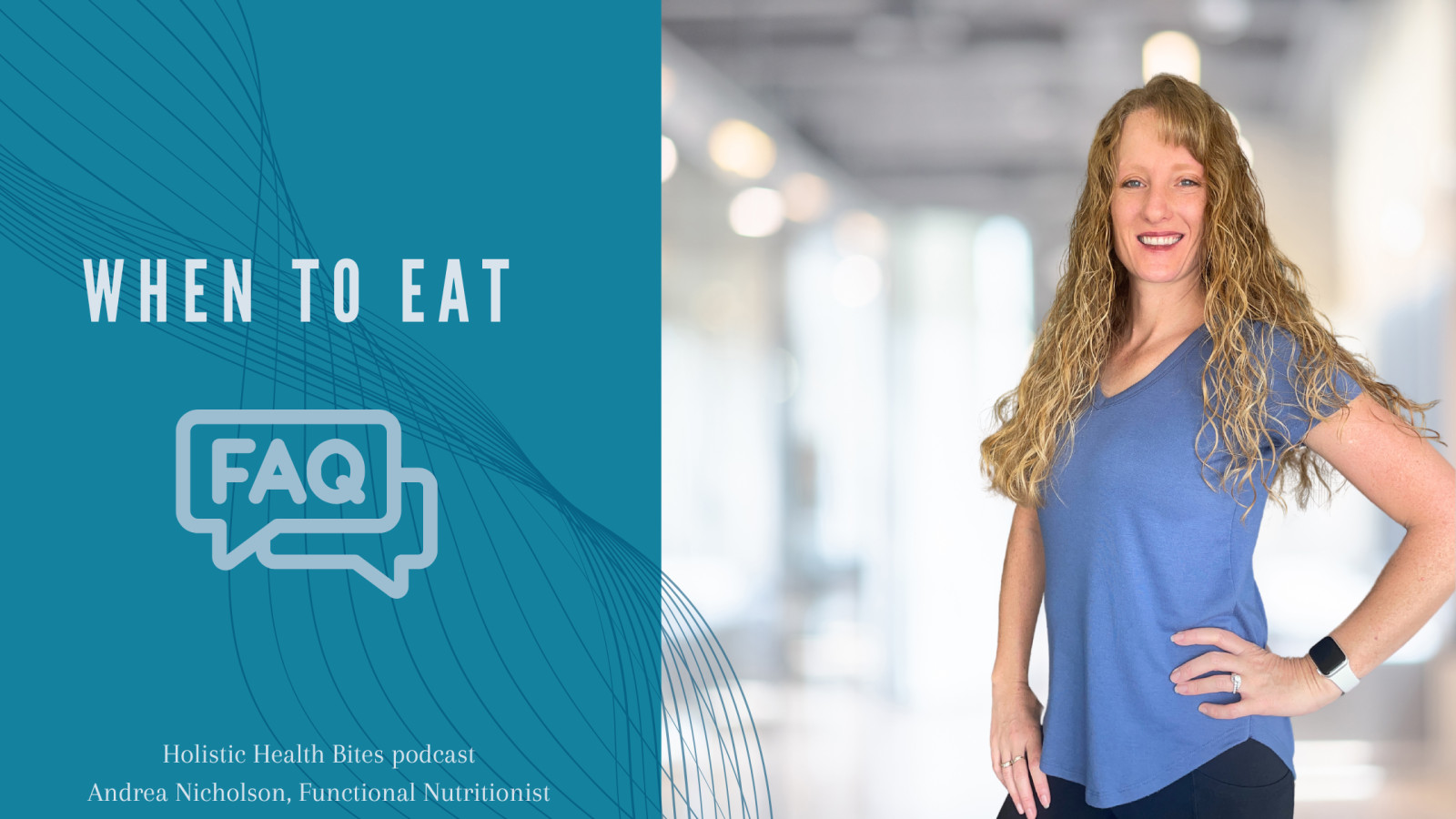
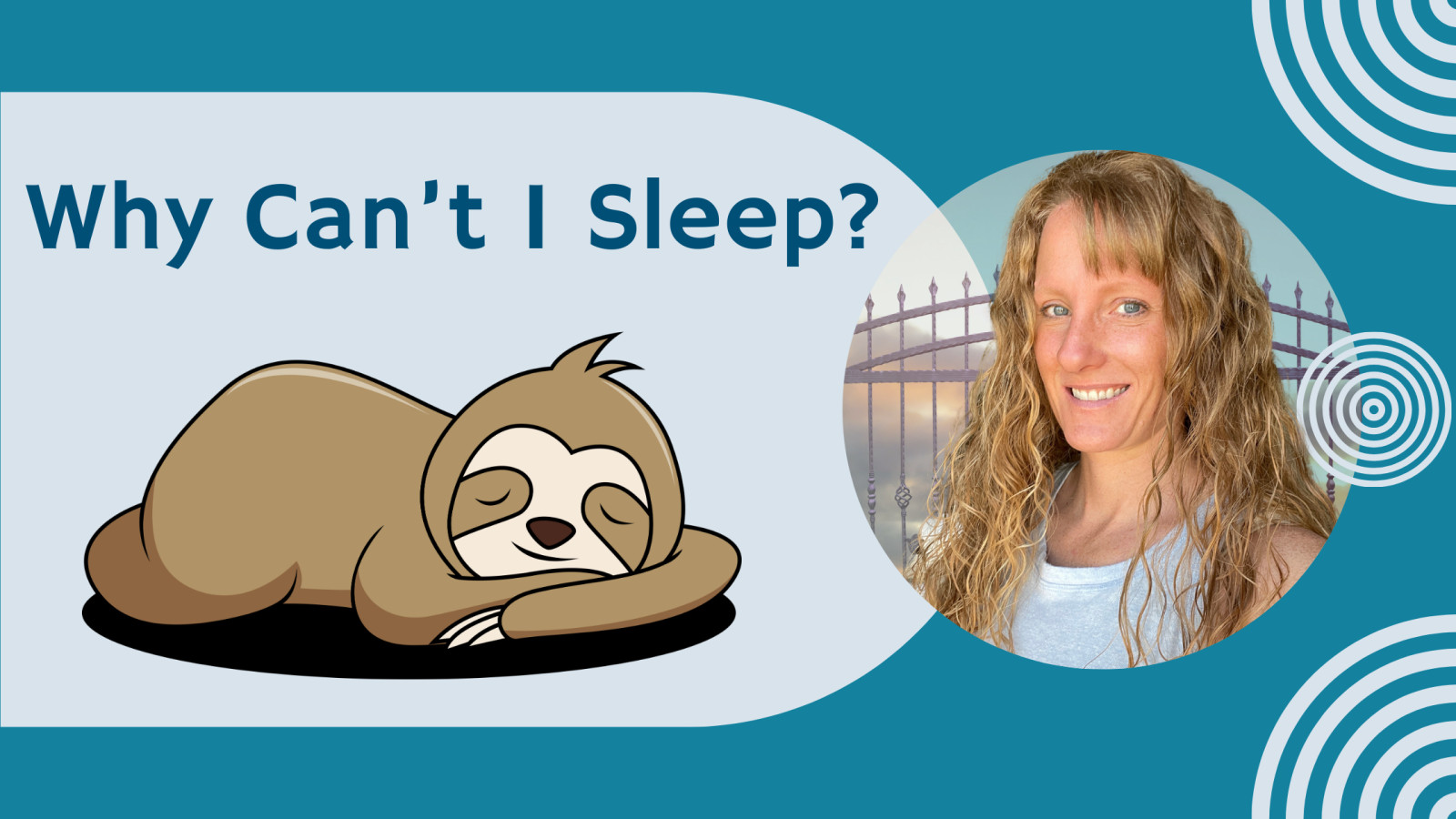
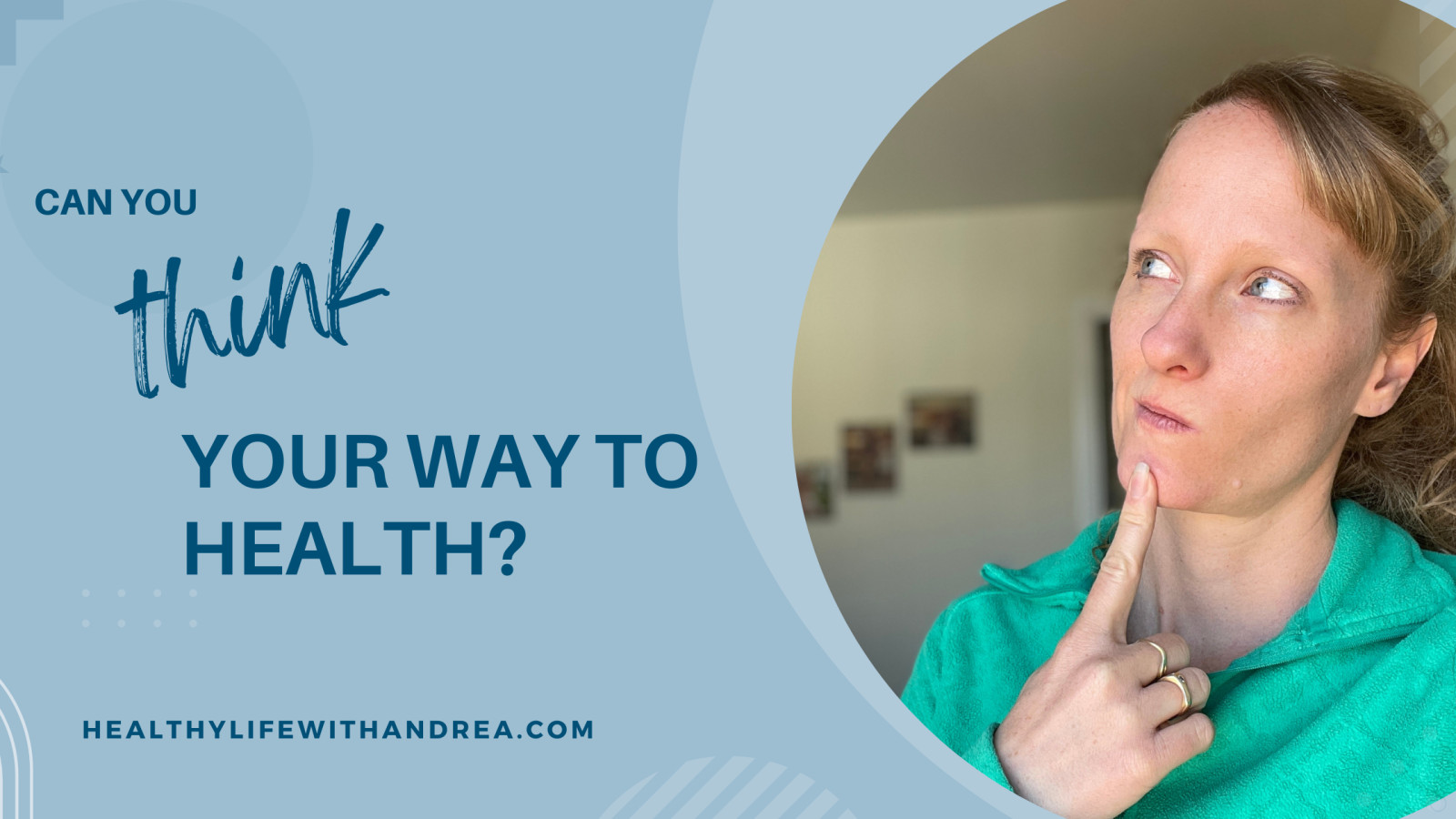
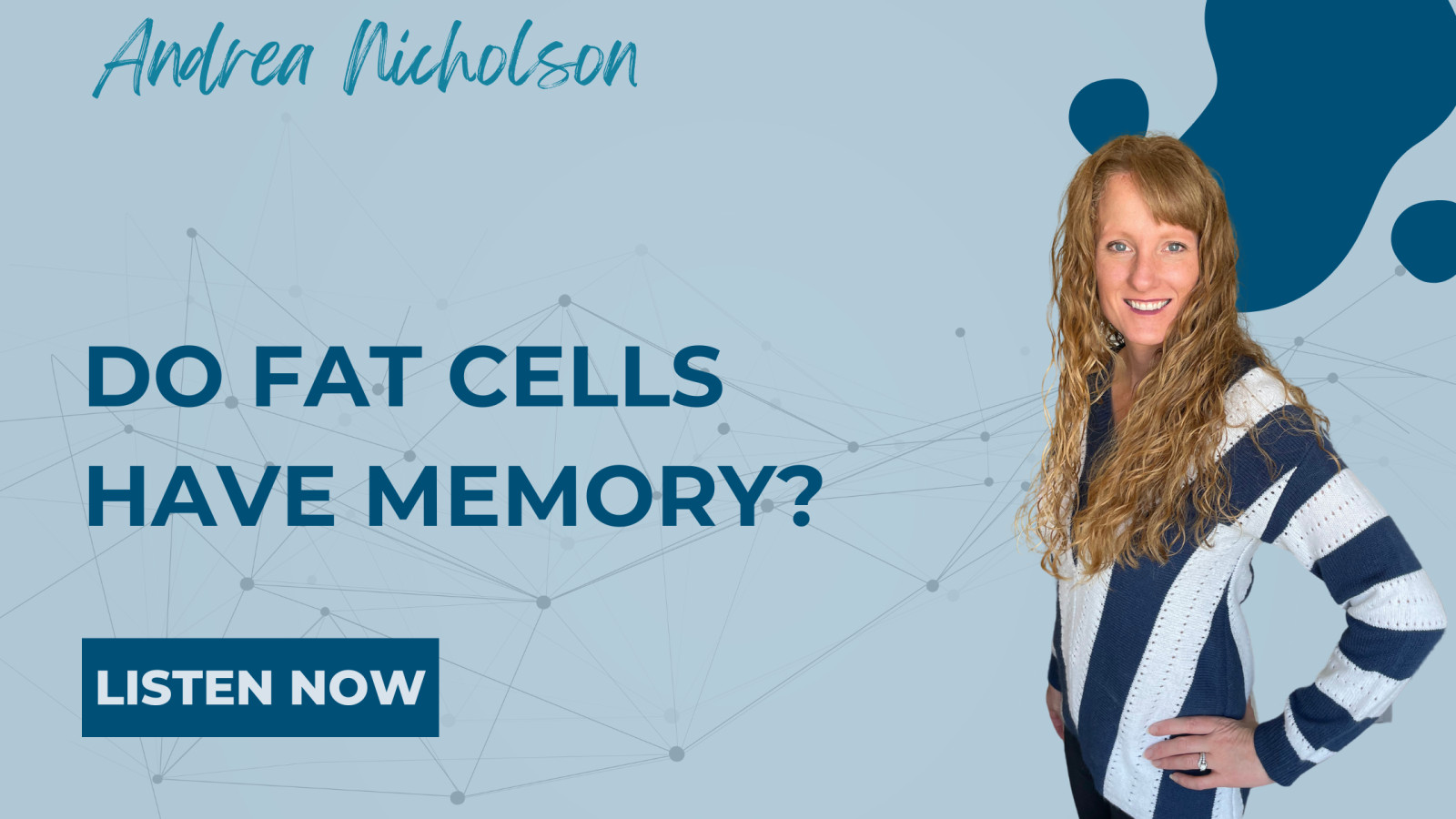
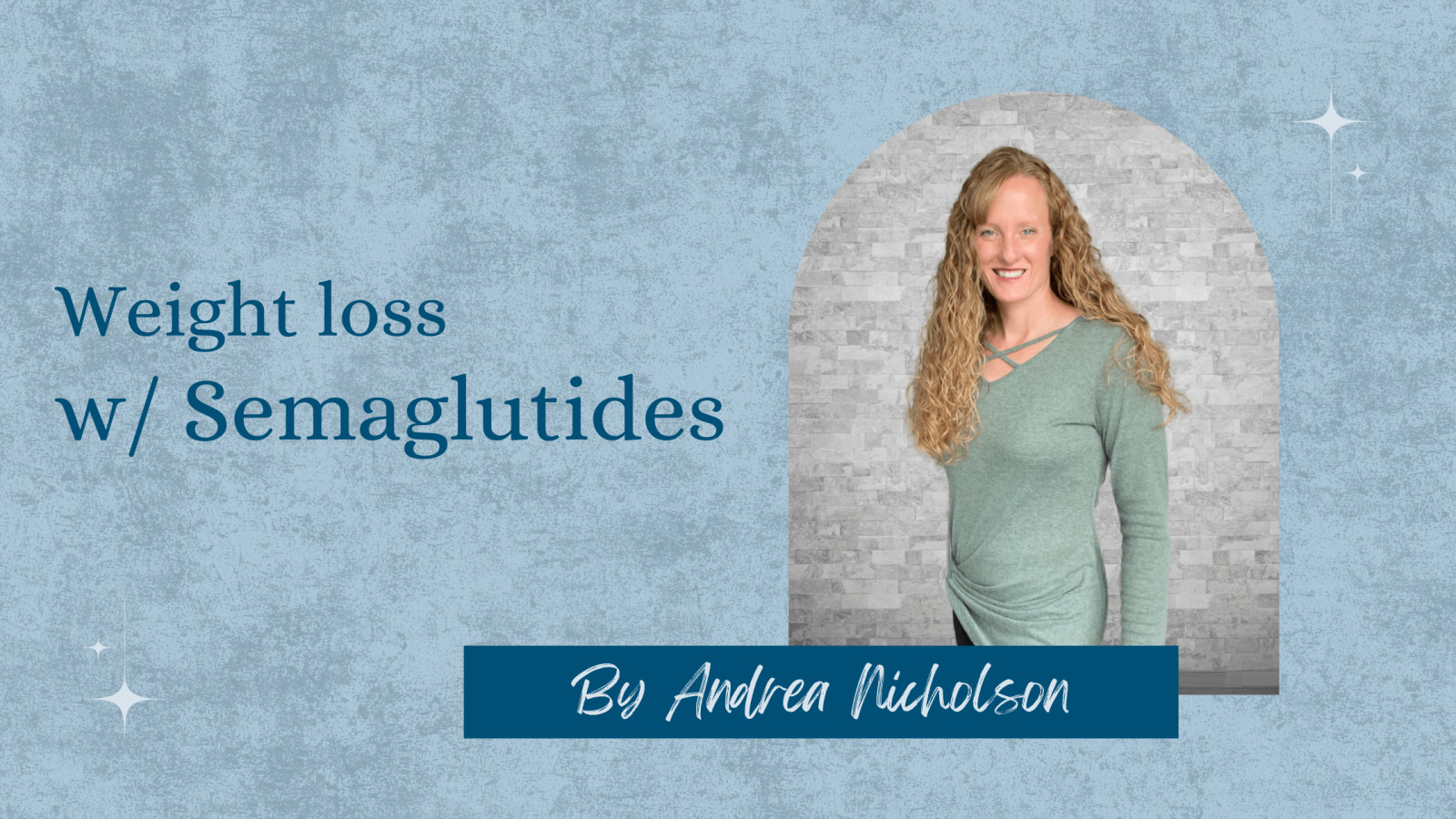
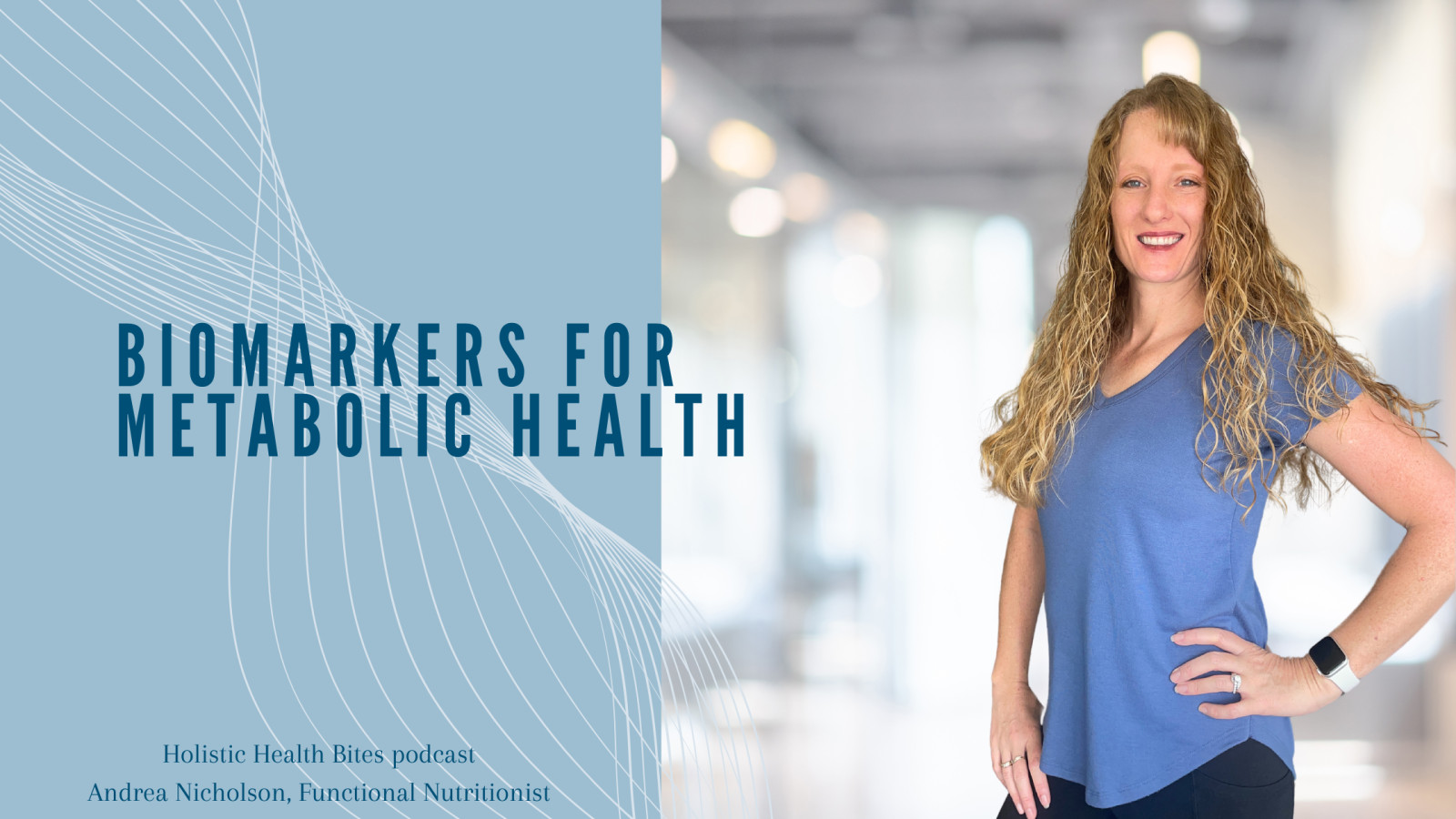






0 Comments